The recently published energy consumption report for the Lyon Light Festival has raised eyebrows across the environmental and cultural sectors. Despite global pushes toward sustainable practices in large-scale events, the data shows that only 35% of the festival's lighting installations utilized LED technology this year. This revelation comes as a surprise to many, given the festival's reputation as a pioneer in innovative light displays and its previous commitments to reducing carbon footprints.
Organizers of the Lyon Light Festival have long touted their efforts to incorporate eco-friendly technologies. However, the latest figures suggest that traditional lighting systems still dominate a significant portion of the event. The remaining 65% of energy consumption was attributed to conventional halogen and incandescent lighting, which are known for their higher energy demands and shorter lifespans compared to LED alternatives.
Industry experts have expressed concern over the slow adoption rate of LED technology at such a prominent event. "When a festival of this magnitude continues to rely heavily on outdated lighting systems, it sends mixed signals to both attendees and other event organizers," remarked Dr. Claire Dubois, a sustainable technologies researcher at the University of Lyon. "The potential energy savings from full LED conversion could power hundreds of homes for the duration of the festival."
The report also highlighted that some of the most visually striking installations were ironically among the least energy-efficient. Several signature pieces that drew large crowds used custom lighting solutions that designers claimed couldn't be replicated with currently available LED technology. This artistic versus environmental trade-off has become a central point of discussion among festival planners and sustainability advocates.
Local government officials have weighed in on the findings, with some calling for stricter energy regulations for public events. "Cultural significance shouldn't come at the cost of environmental responsibility," stated Lyon's deputy mayor for ecological transition. "We're working with festival organizers to establish clear benchmarks for next year's edition, with the goal of at least 60% LED usage."
Behind the scenes, festival technicians reveal that logistical challenges and budget constraints have hampered faster adoption of LED systems. "Many of our lighting fixtures are permanent installations that were designed years ago," explained chief technical officer Marc Lefevre. "Retrofitting them for LED isn't always straightforward, and the initial investment can be substantial, even if it pays off in the long run through energy savings."
The lighting industry has responded to the report with offers of collaboration. Several major LED manufacturers have proposed partnerships with the festival to demonstrate next-generation technologies that could meet both artistic and environmental requirements. "Today's LED solutions offer color ranges and effects that rival traditional systems," claimed a representative from a leading lighting company. "The technology has advanced tremendously in just the past two years."
As the debate continues, festival attendees have shown divided opinions. While many support greener initiatives, others prioritize the visual spectacle. "The lights are what make this festival magical," said longtime visitor Sophie Martin. "If changing to LEDs means losing that magic, maybe we should find other ways to be eco-friendly."
Environmental groups argue that such attitudes need to evolve. "There's no inherent conflict between stunning light art and sustainable technology," countered GreenLight Initiative's spokesperson. "Festivals like Lyon's have the power to lead by example, showing that environmental responsibility can enhance rather than limit creative expression."
The festival's organizing committee has promised to address the energy consumption issues in planning for next year's event. Preliminary discussions include establishing an energy innovation task force and creating incentives for artists who incorporate sustainable technologies in their designs. However, they caution that dramatic changes won't happen overnight given the scale and complexity of the festival's operations.
Academic researchers suggest that the Lyon Light Festival's struggles reflect broader challenges in implementing sustainable practices across the events industry. "What we're seeing here is a microcosm of the transition many sectors face," observed Professor Alain Petit of the Paris Institute of Technology. "Technical limitations, budget considerations, and resistance to change all play their parts. The key is finding solutions that satisfy all stakeholders without compromising on core values."
As cities worldwide grapple with balancing cultural events against climate commitments, the Lyon Light Festival's experience may serve as an important case study. The coming months will reveal whether this wake-up call leads to substantial changes or if tradition and artistic vision continue to outweigh environmental concerns in one of Europe's most celebrated light festivals.
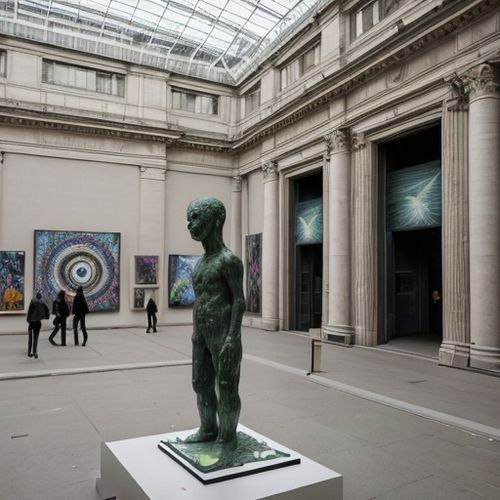
By Jessica Lee/Apr 12, 2025
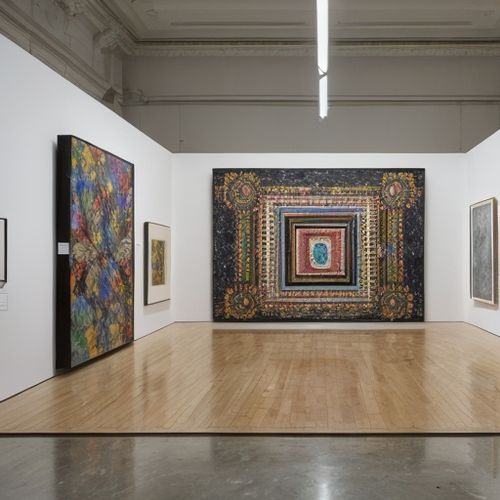
By Daniel Scott/Apr 12, 2025
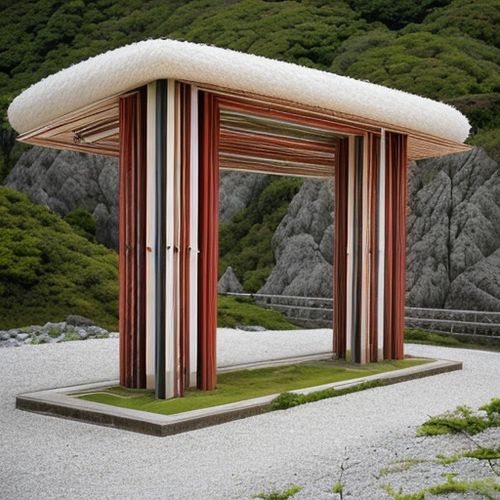
By Megan Clark/Apr 12, 2025
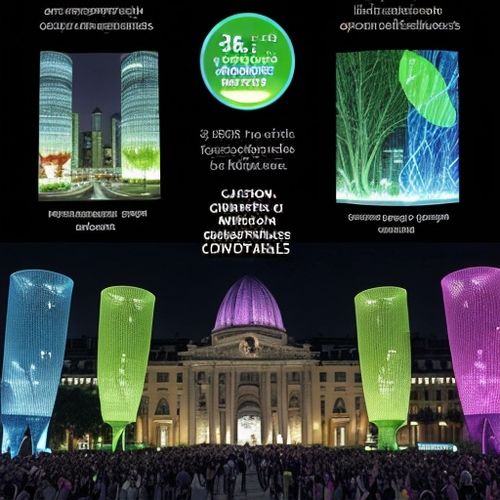
By Elizabeth Taylor/Apr 12, 2025
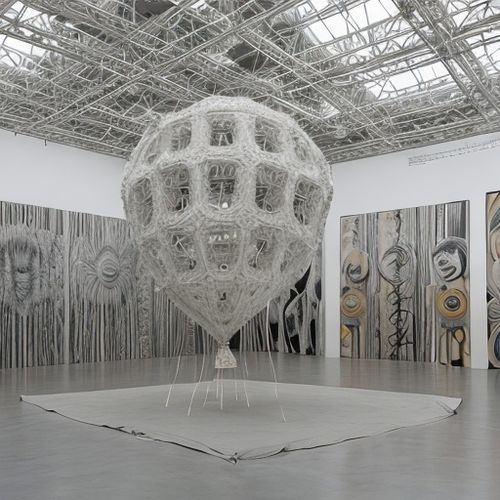
By James Moore/Apr 12, 2025
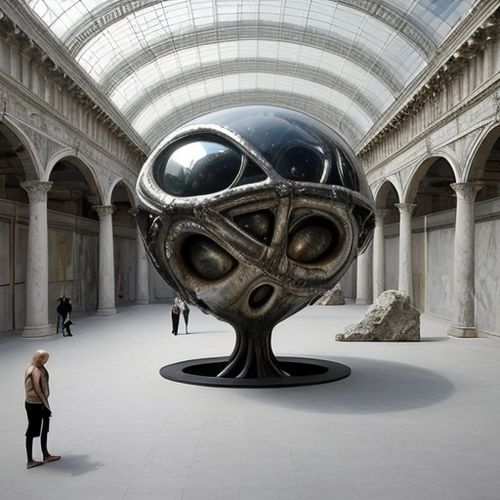
By Natalie Campbell/Apr 12, 2025
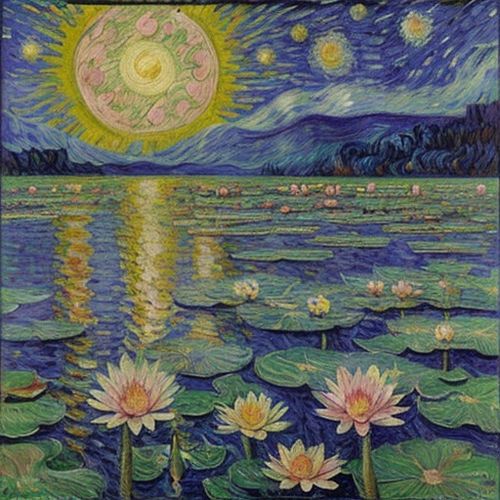
By Grace Cox/Apr 12, 2025

By David Anderson/Apr 12, 2025
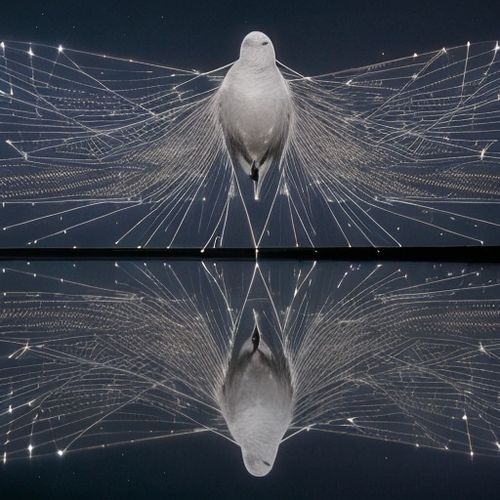
By Emma Thompson/Apr 12, 2025
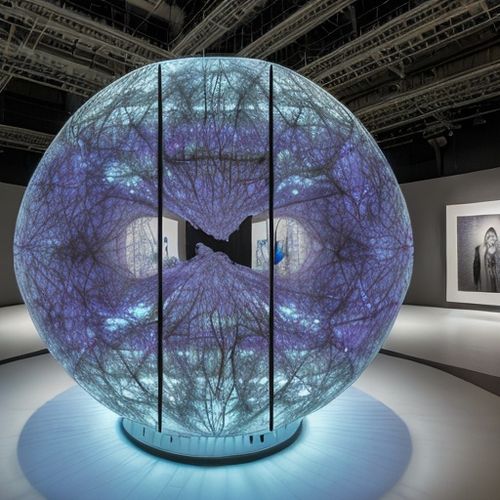
By Jessica Lee/Apr 12, 2025
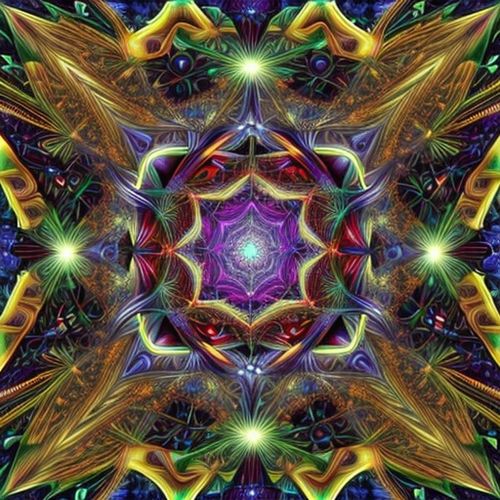
By Thomas Roberts/Apr 12, 2025
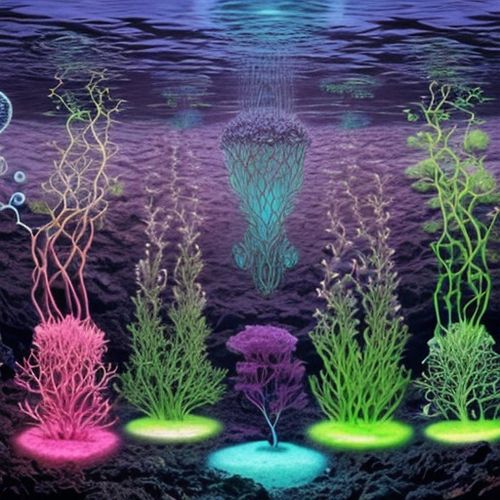
By Noah Bell/Apr 12, 2025
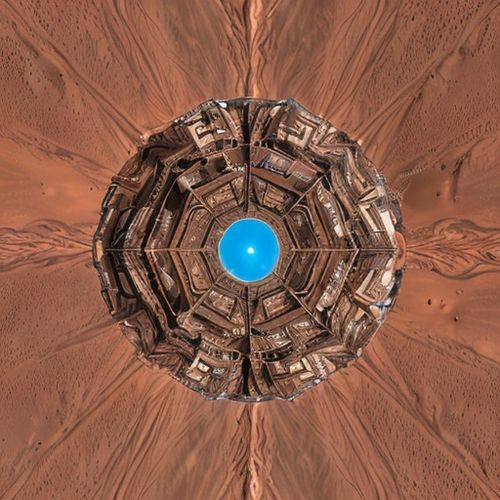
By David Anderson/Apr 12, 2025
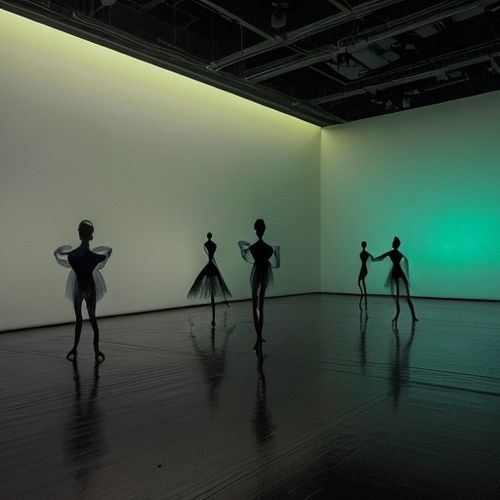
By Victoria Gonzalez/Apr 12, 2025
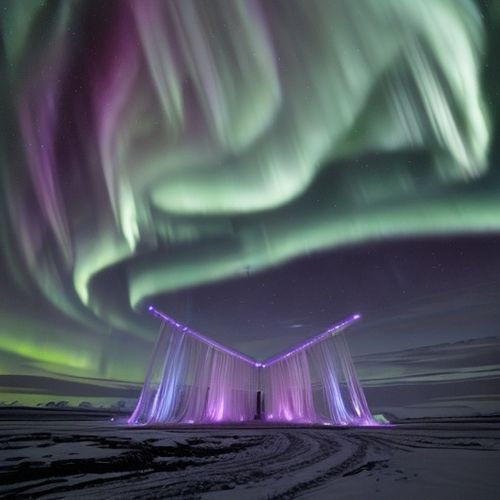
By Sarah Davis/Apr 12, 2025
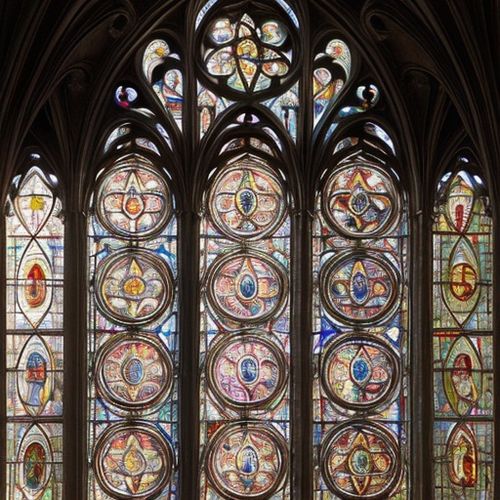
By Rebecca Stewart/Apr 12, 2025
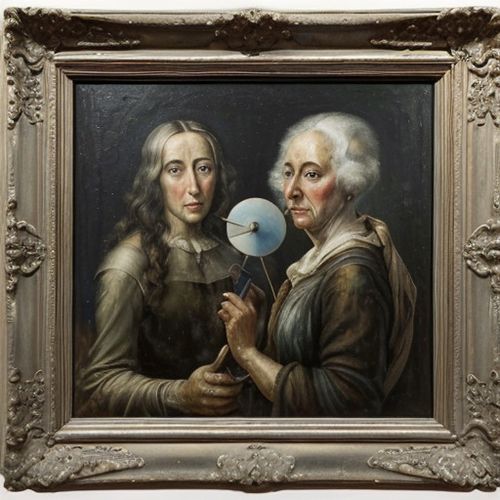
By James Moore/Apr 12, 2025
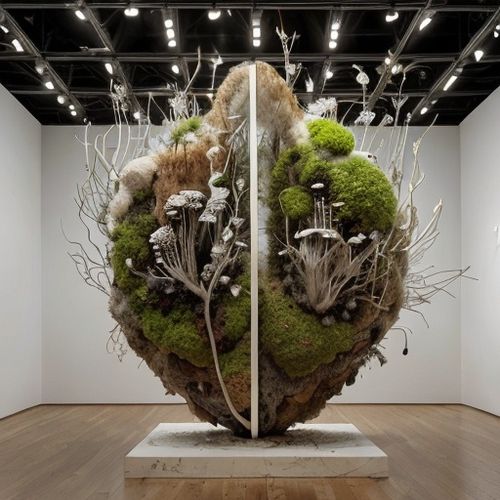
By Thomas Roberts/Apr 12, 2025
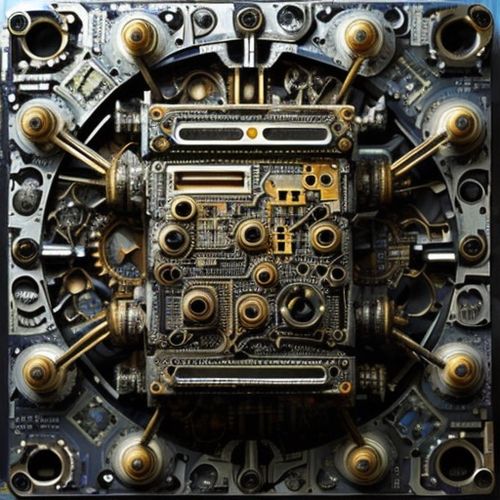
By Lily Simpson/Apr 12, 2025